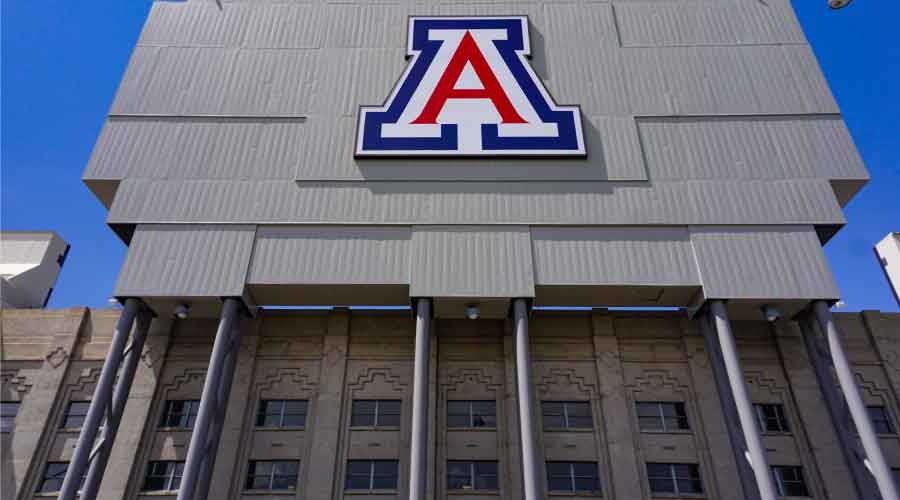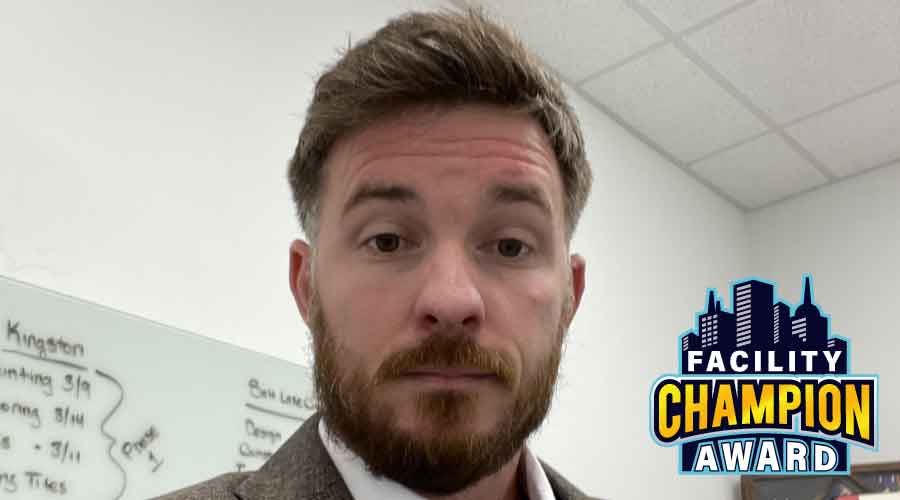
Defining Success in Facilities Management
Facility Champion Award winners share their steps to success. October 13, 2022
Too often, facility management is relegated to a behind-the-scenes role. However, the reality is, facility managers are leaders at their organizations. Buildings cannot run without their hard work, creativity and critical thinking.
The Facility Champion Award celebrates these efforts by honoring eight standout facility managers from all across the United States. At NFMT Remix, four of these winners will share their experiences and best practices during a panel discussion.
Kristin Podwojski is the director of operations for Variety, the Children’s Charity of the Delaware Valley, located outside of Philadelphia. Variety is a national non-profit organization that empowers people with disabilities. The 77-acre campus includes a number of aging buildings as well as two greenhouses and an accessible 99,000-gallon pool. The organization’s small staff and limited resources means Podwojski needs to be creative, whether that’s recruiting a team of employees from a local big box home improvement store to renovate the first floor of the campus’ farmhouse or designing a slip-and-slide water table when the pools pH levels were unsafe.
In her position as sustainability director Hinds Community College, Mindy Stevens continues to push the bar higher for energy saving and sustainability achievements. After achieving her initial goal to reduce energy consumption by 20 percent in less than 12 months, Hinds has realized energy savings by more than 34 percent — more than $23 million in costs — through projects such as LED lighting and HVAC upgrades. On the sustainability side, Hinds champions efforts in recycling and reducing solid waste.
Doug Pearson, the vice president of facilities planning and operations at Kent State University in Ohio, is responsible for more than 8 million square feet and more than 350 employees across 10 campus locations. The university is currently in the middle of the first phase of the Kent State Gateway Master Plan, an $110 million capital improvements project that was developed coming out of the COVID-19 pandemic that focuses on better HVAC systems and flexible learning spaces to include remote and blended education opportunities, and smaller, shared working spaces.
As chief engineer of aesthetics for Mariott International — Gaylord Rockies Resort & Convention Center in Colorado, Ethan Fitterman oversees guest service technicians, craftsmen and rooms preventative maintenance teams, as well as grounds. He also assists with capital expenditure projects and aims to improve guest satisfaction. He helped open the hotel, which is one of the largest in Colorado, and was essential in solving a major crisis during the opening month when a sewer line was discovered to be sabotaged.
NFMT: How do you define success in facilities management?
Podwojski: Success looks to me like clients having a safe and clean place to participate in programs, and employees of our organization having the tools they need to get their jobs done. There also should be a constant effort to improve and make safer our facilities where we do business.
Stevens: I define success in facilities management as providing safe, comfortable, and efficient structures for our faculty, staff, students, and community to utilize and enjoy. This can be done in multiple ways, but I strive to make an impact throughout sustainability initiatives. We strive to reduce energy consumption, reduce waste, and increase recycling efforts on a daily basis.
Pearson: Success in facilities management is exceeding the expectations of your customers. Businesses expect facility managers to lead in a variety of ways — technically, socially, during times of crisis, and during change. All the while they must control costs and improve service. In addition, leadership in facilities management should occur in all directions; downward to staff, sideways to colleagues and upward to senior management. We have the responsibility to develop the facility management department into a professional operation, train and re-train staff, establish procedures and conduct quality assurance and performance management.
Fitterman: Throughout my career I have found that there are two major components of being successful with what I do in facilities management. The first component is communication. Although this is something that is done routinely, this plays such an important part of day-to-day operations. I have found that sometimes you need to think outside the box and really hone in on your audience...The second component is relationship building. For me I have found that taking the time to have one-on-ones or walk projects with the team has proven to be a positive impact in driving results. Anyone can send an email or text a picture, but is your message really getting across? Taking the time to walk with an associate can be very impactful. This is where you can really get to know someone and learn from them.
NFMT Remix takes place in Las Vegas, Nov. 2-3, at the Paris Las Vegas Resort Conference Center. For more information, visit www.nfmt.com/vegas.
Next
Read next on FacilitiesNet












